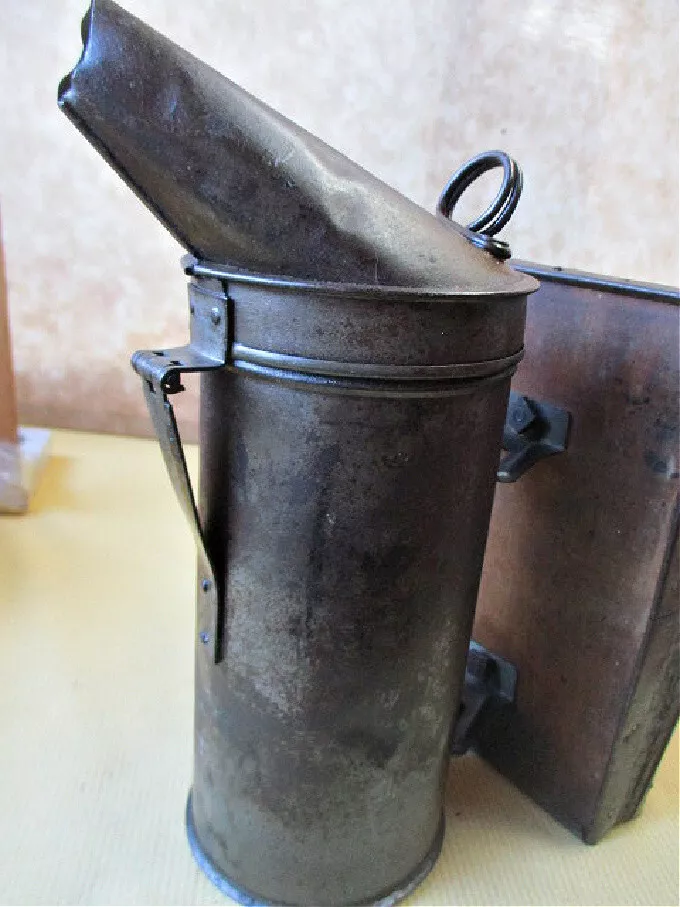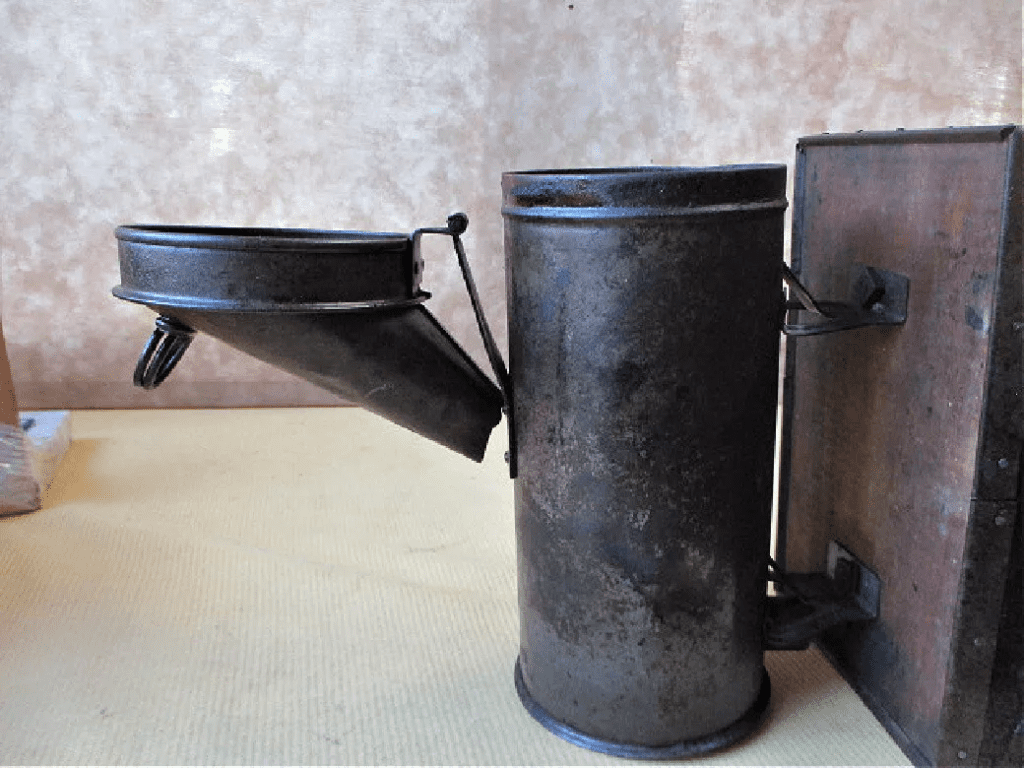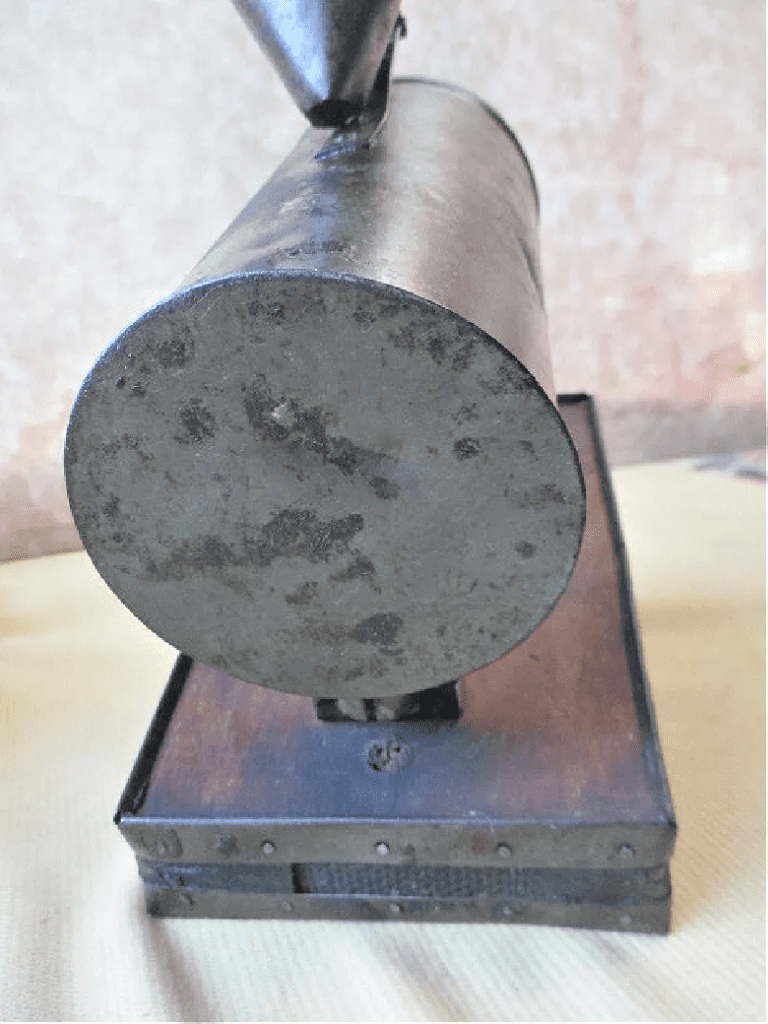Beekeeping has been an essential practice for centuries, and among the most important tools for managing honeybee colonies is the vintage bee smoker. This device, still cherished today for both its functionality and historical significance, plays a crucial role in the safe handling of bees. Understanding the evolution and use of the bee smoker offers valuable insight into beekeeping, both past and present.

A Glimpse Into the History of the Bee Smoker
Origins and Development
The bee smoker, as we know it today, became an indispensable tool in the 19th century. It was Lorenzo Langstroth, an American beekeeper who revolutionized the craft, who significantly contributed to the smoker’s development. Langstroth, often credited with inventing the modern beehive, recognized early on the importance of using smoke to calm bees during hive inspections and management.
The concept of calming bees with smoke, however, is much older, dating back to ancient civilizations. Early beekeepers used primitive methods like burning leaves or straw to pacify bees, but Langstroth’s innovation made the process safer and more efficient. His advancements not only enhanced the safety of beekeeping but also helped protect the bees from unnecessary stress.
Evolution Over Time
The first bee smokers were simple in design, often made from tin or copper with basic mechanisms to produce smoke. These early versions laid the foundation for the sophisticated models we see today. Over the years, materials like stainless steel replaced tin, offering increased durability, while features like heat shields and better nozzles were introduced to improve both safety and efficiency.
Despite these technological advances, vintage bee smokers from the 19th and early 20th centuries hold a special place in the hearts of collectors and historians. These older models showcase intricate craftsmanship and reflect the innovative spirit of the time. Their unique designs, often featuring ornate details, make them not only functional tools but also pieces of history.
How the Bee Smoker Works: Function and Operation
The Role of Smoke in Beekeeping
The primary purpose of the bee smoker is to generate smoke that calms bees, allowing beekeepers to inspect and manage hives without alarming the colony. When bees sense smoke, they interpret it as a sign of a nearby fire, triggering their survival instincts. In response, they gorge on honey in preparation to abandon the hive, which in turn reduces their defensive behavior.
Operating a Bee Smoker
Using a bee smoker requires some skill, as effective smoke generation is key to a smooth beekeeping experience. To operate a smoker, the beekeeper ignites a fire inside its chamber using materials such as burlap, wood chips, or dried leaves. The goal is to produce cool, consistent smoke—not hot smoke, which could harm the bees.

Once the fire is burning steadily, the beekeeper pumps the bellows to direct a gentle stream of smoke into the hive. This temporary disruption in the bees’ communication helps minimize their defensiveness, allowing for safe handling of the hive. A properly used smoker ensures that bees remain calm throughout the inspection, reducing the risk of stings and maintaining hive health.
The Cultural Legacy of the Vintage Bee Smoker
Symbol of Beekeeping Heritage
The bee smoker, particularly vintage models, holds a deep cultural significance within the beekeeping community. It represents more than just a tool—it symbolizes the careful balance between humans and nature, where beekeepers work in harmony with their colonies. Vintage bee smokers are often regarded as artifacts of beekeeping history, showcasing the evolution of techniques that have been passed down through generations.
For many collectors and enthusiasts, vintage bee smokers are prized for their historical value. Their craftsmanship reflects an era when tools were made to last, and their design often tells the story of the people who used them. Whether displayed as part of a collection or preserved in museums, these smokers are a testament to the art and science of traditional beekeeping.

The Ongoing Influence of Vintage Designs
Though modern bee smokers are built with more advanced materials and improved functionality, vintage models remain relevant in educational settings. They serve as a tangible connection to the past, helping new generations of beekeepers understand the traditional methods that shaped the practice. Schools and beekeeping organizations often use vintage smokers to demonstrate how beekeeping was conducted before the advent of contemporary tools.
Additionally, vintage smokers continue to inspire modern designs. Many manufacturers pay homage to the classic look and feel of older models, blending traditional aesthetics with modern technology. This blend of old and new ensures that the legacy of the vintage bee smoker remains alive in today’s beekeeping world.
ZooMs Technology: A Tool for Rediscovering the Past
Revolutionizing the Study of Ancient Beekeeping
While the bee smoker itself is an impressive invention, modern advancements such as Zooarchaeology by mass spectrometry (ZooMs) are offering new ways to explore the history of beekeeping. ZooMs technology allows researchers to analyze ancient bone and other organic materials, helping to identify remnants of early beekeeping practices. This technology has proven valuable in uncovering new insights about ancient bees and their relationships with human civilizations.

Unlocking New Discoveries
ZooMs plays a significant role in identifying ancient bee smokers or beekeeping tools from archaeological sites. The ability to differentiate between materials used in these tools offers researchers a deeper understanding of how ancient beekeepers worked. While not directly related to the vintage bee smokers of the 19th century, ZooMs technology helps us trace the long and rich history of beekeeping, showing how far the practice has come.
Conclusion: The Timeless Legacy of the Vintage Bee Smoker
The vintage bee smoker is more than just a relic of beekeeping history—it represents the evolution of a practice that has been crucial to humanity’s relationship with bees for centuries. From its humble beginnings in ancient times to its refinement in the 19th century by innovators like Lorenzo Langstroth, the bee smoker remains a vital tool in modern beekeeping.
Its cultural significance and historical value make vintage models prized by collectors and educators alike. These tools not only tell the story of beekeeping’s past but also continue to inspire future generations of beekeepers. Whether through preserving vintage designs or integrating modern technology, the bee smoker remains an enduring symbol of the delicate balance between nature and human ingenuity.

